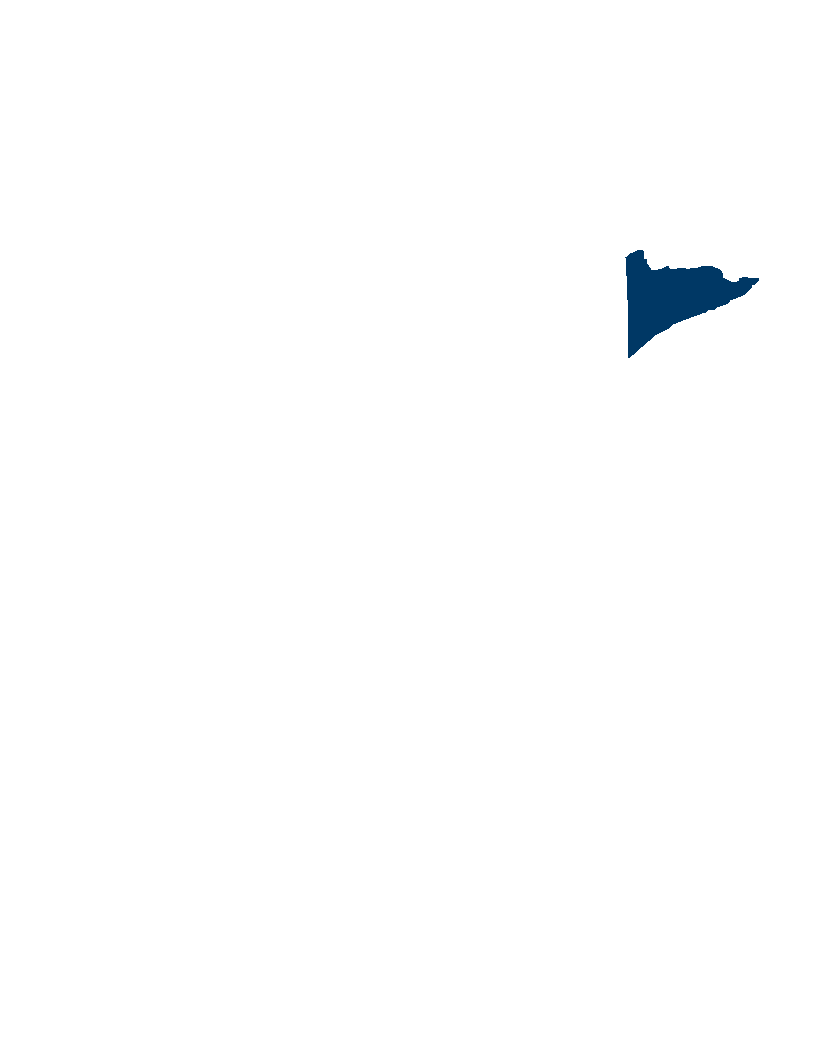Individual Artist Project Grant
Individual Artist Project Grant
Woven with plants, drawn with light: Christine will weave 4 rugs with naturally dyed yarn and expose the rugs to sunlight over extended periods of time to fade, recolor, and create new designs.
Kathy Neff: musician, Director, Fine Arts Academy at the University of Minnesota-Duluth; Emily Swanson: arts administrator at Oldenburg Arts and Cultural Community; Kris Nelson: artist, teacher; Roxann Berglund: musician; Bill Payne: Professor of Theater at the University of Minnesota-Duluth; Sam Zimmerman: visual artist, teacher; Liz Engelman: dramaturg, founder and director of Tofte Lake Center
Kris Nelson: artist, teacher; Kendra Carlson: writing and theater instructor, University of Minnesota Duluth; Sara Pajunen: musician; Sharee Johnson: jeweler, silversmith
ACHF Arts Access ACHF Arts Education ACHF Cultural Heritage
This project benefits community by creating an opportunity to engage and reflect on handwoven works in the fine art realm. Minnesota has a long history of handweaving, all the way from woven cedar mats of the Ojibwe people to linens from Scandinavian immigrants of the 1800s. While some people are familiar with handwoven work, we are losing what Glenn Adamson calls our ?material intelligence? - an understanding of the objects around us and how they're made. This work will reintroduce handwoven work to people in a new context with a fine art focus. These naturally dyed works will also educate the MN community about natural dye plants, and the color that exists in the plants around us. Seeing the range of hues available from plants we see every day will connect Minnesotans to their natural landscape. Finally, these works will create space to process the ephemeral as a community and connect to the life cycles ever present in our world. These works will be visually beautiful, with a depth of color and atmosphere created through the dye plants and the exposure to light. If the light is a powerful force for deterioration, how do these rugs sit in between finish and decomposition? Knowing they are made with all natural materials, how long will they last in this form? I hope this prompts people to think about the items in their life and what the life cycle of objects is, or should be.1.) Exploring how light can be used as a tool in woven and dyed work. I am aiming to use sunlight as a tool to fade and recolor certain areas of the weaving, and to make decisions responsively and intuitively as the designs are revealed. The sunlight deteriorates the color and the physical object, and with the artist's control, can be utilized as a way to create aesthetically pleasing compositional elements. 2.) To Include a more conceptual and process-driven component in my handweaving practice to create objects of beauty and inquiry. This project aims to create conversation around the ephemeral quality of an object and to observe how multiple phases can coexist at once. Creating these rugs depends strongly on process, from harvesting materials and dyeing yarn, to working with light and weather patterns. In the end, the artful display of these rugs' mutation brings awareness to the life cycles and seasonality of the natural world and the objects in our lives. I have over 6 years of weaving experience, and experience running a small business in production and commissions. I have woven a variety of rugs over the years and have learned techniques for weaving strong, durable, and well-designed rugs. Most of the rugs I have woven are weft-faced rugs, a dense rug that packs down the weft so that the warp is not exposed. I am confident that I can produce high quality weft-faced rugs, with the introduction of naturally dyed yarns. I have been naturally dyeing for over a year now, becoming comfortable and confident in understanding different fibers, scouring, mordanting, creating dye baths, and working with assists. Dyeing this quantity of yarn will be an area of growth for me, one that I have build a solid foundation to execute. Lastly, I have created several fine arts shows in the past, and feel confident in hanging and displaying my work, and the effort that goes into creating a cohesive body of work and displaying it well.1.) Exploring light as a tool: I will know I am successful if I am able to use these techniques of fading to create rugs with depth and atmosphere on the relatively flat plane of the weft-faced rug. I want the rugs to look and feel different than a work that is simply woven. 2.) Including more conceptual and process driven: This work will take shape over a year, and will be the longest and most process-driven work that I've ever created. I hope to make discoveries both on and off the loom, and create space for these pieces to evolve within this full process. I look forward to having a show and giving an artist talk about these works, and to engage in conversation with community members around the ephemeral nature of most everything around us.
Other,local or private
